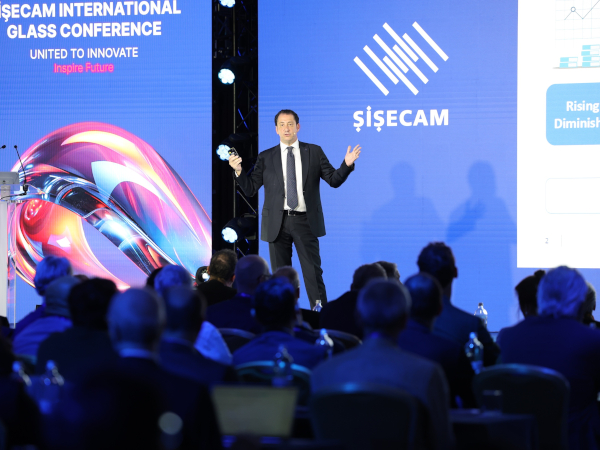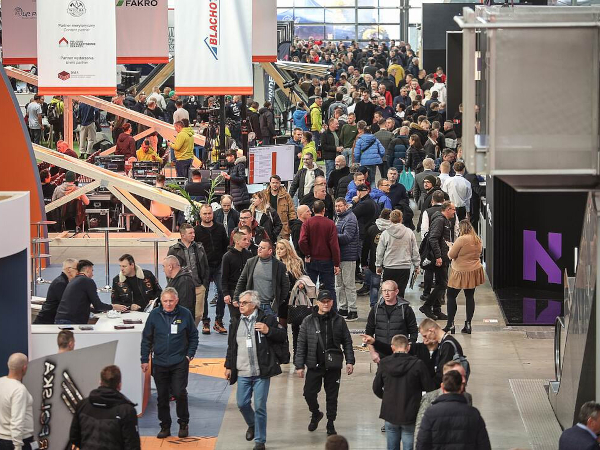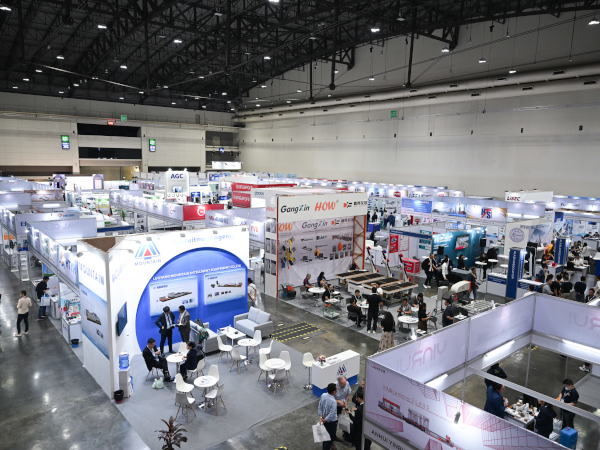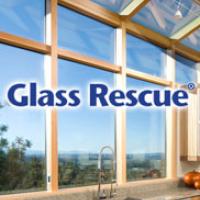
Date: 5 April 2017
They also addressed the work of the newly-named Sealants Maintenance Committee and discussed the industry-wide coordination of installation methods. These topics, among others, will be further discussed soon during the AAMA National Summer Conference June 18-21 in Newport, RI.
800 Looks to the long Term
The 800 Maintenance Committee (chair: Mark Toth [H.B. Fuller) – the name of which was recently changed to Sealants Maintenance Committee to reflect the scope of the foundational document, Voluntary Specifications and Test Methods for Sealants – continues its update activities.
Most recently, the committee finalized its revisions to Section 5, Exterior Perimeter Sealing Compounds (AAMA 808.3) and passed it along to product group ballot.
The group further noted that AAMA 800 does not address long-term UV durability and decided to add that disclaimer to the standard’s text. To address this concern, the committee created a task group to address the long-term exposure issue, which has been officially named the Exterior Sealant Long-Term Durability Work Group (also chaired by Mark Toth).
Installation Procedures Receive Updates
The Test Method to Qualify Installation Procedures Update Task Group (chair: Jim Katsaros [DuPont]) reviewed Draft 9 of AAMA 504-05, Voluntary Laboratory Test Method to Qualify Fenestration Installation Procedures.
Among the recommended changes that were adopted are the addition of new Section 9.8 that repeats Section 9.6 following the structural loading without air test, and 10.6 that calls for to deconstructing the test assembly at the end of all testing to determine if water penetrated behind the flashing. Notes 1 and 2 related to perimeter gaps and filling in Section 10.5 were removed.
Among possible additional changes to be addressed at the next group discussion was language to the effect that manufacturer’s installation instructions take precedence.
Self-Adhering Flashing Standard Revision Approaches Balloting Phase
As a basic component for integrating a fenestration product with a building’s water-resistive barrier (WRB), appropriate material specifications for flashing play an important role in planning for effective and reliable installation.
Accordingly, AAMA publishes consensus standards for self-adhesive flashing (AAMA 711), mechanically attached flashing (AAMA 712) and liquid-applied flashing (AAMA 714), and the Wall Interface Council strives to keep them up to date. AAMA 711 and AAMA 714 are referenced by both the International Residential Code (IRC) and International Building Code (IBC).
AAMA 711-13, Voluntary Specification for Self-Adhering Flashing Used for Installation of Exterior Wall Fenestration Product, describes tests used to simulate a variety of real-world conditions.
The standard spells out methods for testing water penetration resistance around nails and evaluates how well a self-adhering flashing tape remains bonded to the substrate under conditions of constant stress after thermal cycling and water immersion.
Other tests address pliability at cold temperatures (0°F) and tensile strength. The Flashing Committee (chair: Jim Katsaros [DuPont]) is seeking to edit the document to delete references to other test methods unrelated to vertical walls while retaining the same level of rigor.
Recent testing done under AAMA 711 protocols concluded that shims do not affect results. It was observed, however, that measurement of water column needs to be clarified so that the act of measuring (e.g., placing a ruler into the collection can) does not affect water level readings. Coordination with ASTM working groups to make the recommendations uniform was suggested.
Additional group discussions will precede balloting.
Liquid-Applied Flashing Test Results Open Door to Defining Performance Levels
AAMA 714-15, Voluntary Specification for Self-Adhering Flashing Used for Installation of Exterior Wall Fenestration Products, provides performance criteria for flashing that is fluid at the time of application. Of the several performance tests recommended by this specification, heat exposure is perhaps the most meaningful.
This is because the surface temperature of the exterior sheathing surface and/or the wall cavity behind the face will often greatly exceed ambient temperature due to direct sunlight exposure, conductive heat through the façade surface, radiant heat buildup and exposure to reflective surfaces near the building. Three levels of heat exposure qualification are the same as those established by AAMA 711.
In addition, there are tests for adhesive strength to a variety of substrates, including concrete block, stucco and plywood; water penetration around nails or fasteners; accelerated UV exposure and water immersion.
The Flashing Committee most recently reviewed a study of crack-bridging properties, undertaken to create different grades based on movement and cracks. Recent test results were reported during the 2017 Annual Conference in February, indicating that the higher the temperature, the easier it was for the specimen to pass the test.
The committee will reference this data as needed to set up three levels of performance based on temperatures and performance.
Industry-wide Coordination of Installation Methods Looks to Resolve Numerous Concerns
The Joint AAMA/FMA/WDMA Replacement Window Task Group Methods (chair: Jim Katsaros [DuPont]), reporting to the AAMA Coordination Committee for FMA/AAMA/WDMA Installation, is the focal point for review and resolution of various installation methods. Key issues under consideration include:
- Full frame replacement with no cladding removal as one of four replacement window categories and a related decision tree to determine the type best suited to a given project
- Test installations to verify methods included in the documentation under development, although it may not be feasible to test all 18 installation methods described
- Sources for additional illustrations to bolster comprehension
- Application of head flashing in relation to the Water Resistive Barrier (WRB) and treatment of any pre-existing leaks – especially with regard to handling any cladding that may be present.
The task group noted that the document is close to going out for balloting.
Task Group Looks at Attachment Specifications for FPIS
The Rough Opening Extension Support Element (ROESE) Feasibility Task Group (chair: Jim Katsaros [DuPont]), is looking to define the requirements of a ROESE. This group has suspended its activities until DOE-sponsored work being performed by Home Innovations Research Laboratories (HIRL) is complete.
Members of this task group have participated in teleconferences and in-person meetings as parameters of the testing is being established. The testing is expected to be completed and a report generated in 2018.
SDL Task Group Looks to Revive Efforts
Under the guidance of its new chair, Joe Pufahl (Adchem), the AAMA 813 Simulated Divided Lites (SDL) Task Group will continue efforts to upgrade AAMA 813-11, Voluntary Specification and Test Methods for Adhesives Used in Simulated Divided Lites, which establishes minimum performance criteria for adhesive systems when used to attach SDL bars to glass.
The spec is ready for a customary five-year review, and the timing is good to consider means to better specify tape performance.
Among the open issues yet to be examined is that the current version of AAMA 813 specifies peel cleavage test results as “report only” with no performance criteria assigned, while other parameters have defined allowable maxima or minima. Actual results need to be examined, as well as recommended tolerances on sizing.
 600450
600450














Add new comment